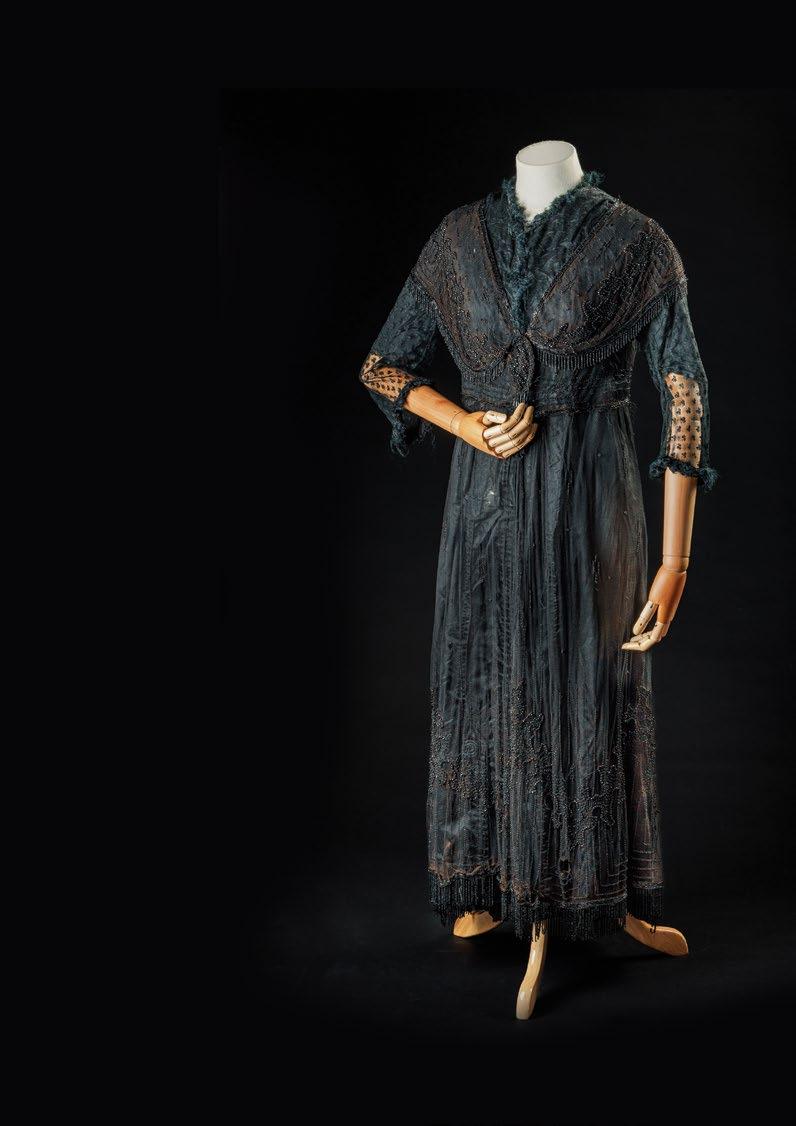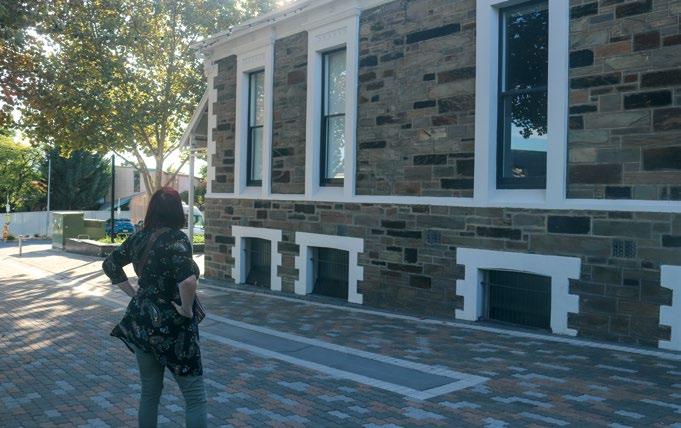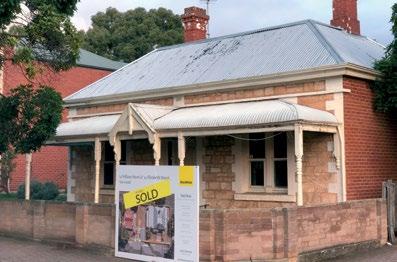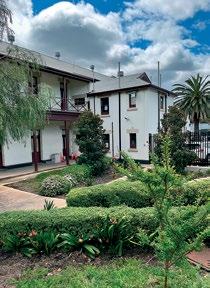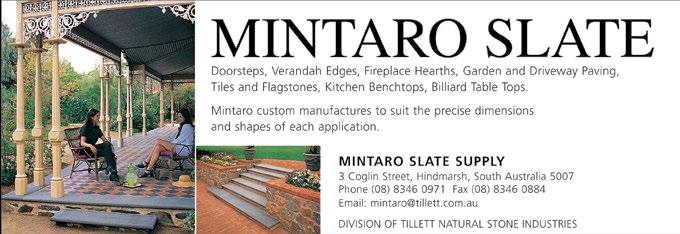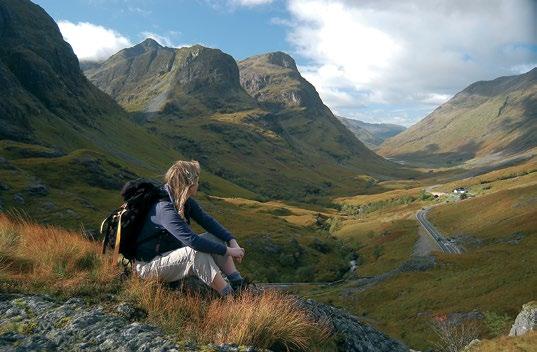
2 minute read
NATURAL HERITAGE
Remember to look at the tiny things
ANN PRESCOTT OAM
Advertisement
South Australian botanist Ann Prescott is the author and illustrator of It’s Blue with Five Petals, a popular guide which has been helping people to appreciate wildflowers in the Adelaide Hills region for more than 30 years. In this piece written for Heritage Living, she challenges us to take the time to pay attention to the little details that captured so faithfully in her book.
Remember to look at tiny things. Really look at them. It is the tiny things that hold our natural world together. On this bit of stem of Blue Boronia (pictured), did you notice the tiny ‘nipple’ on each petal tip? And the eight yellow pollen sacks per flower held up by flattened white filaments, each with rungs of wee side hairs? And how the flower bud seems bluer and cradled in four sepals? A thread-thin stalk of the Climbing Sundew snakes around the same twig, using it as a climbing ladder. The leaves are a perfect semi-sphere shape and around the rim, droplets of sticky trapping fluid on each maroon hair-like extension. Glistening. A green segment of Twining Fringe-lily stem makes one loop around the Boronia twig, cupping two petals as it passes, and then exits stage left. It is the tiny things, the billions and billions of tiny things and tiny interactions, that build the natural world; from the understorey up. They hold the system together. It is not just about trees and koalas and large kangaroos. It never has been. This is how the world works……… A birthday cake is a birthday cake. A birthday cake with candles on top is a birthday cake. A birthday cake with all the ‘understorey’ cake eaten away, leaving a few crumbs is not a birthday cake any longer. A habitat is a habitat. A habitat with trees on top is a habitat. A habitat with all the understorey eaten away, leaving only a few crumbs is not a functioning habitat any longer. Understorey holds habitats together. I understand that kangaroo numbers are now estimated to be 20 to 30 times the land’s carrying capacity – abundant because of ‘European’made increases to water supply and suitable feed in our environment. If we unconditionally admire large mobs of resident kangaroos grazing and browsing in bushland, we run a real risk of losing not only countless tiny plants in the understorey but also the animals dependent on it. As an ecologist, I have been watching our bushland for 50 years. I think that over-grazing in bushland by overabundant large kangaroos is now one of the greatest threats to the long-term survival and integrity of our bushland in the Adelaide Region, along with deer and goats.
PICTURED:
Blue Boronia, Boronia coerulescens subsp. coerulescens. © Ann Prescott



